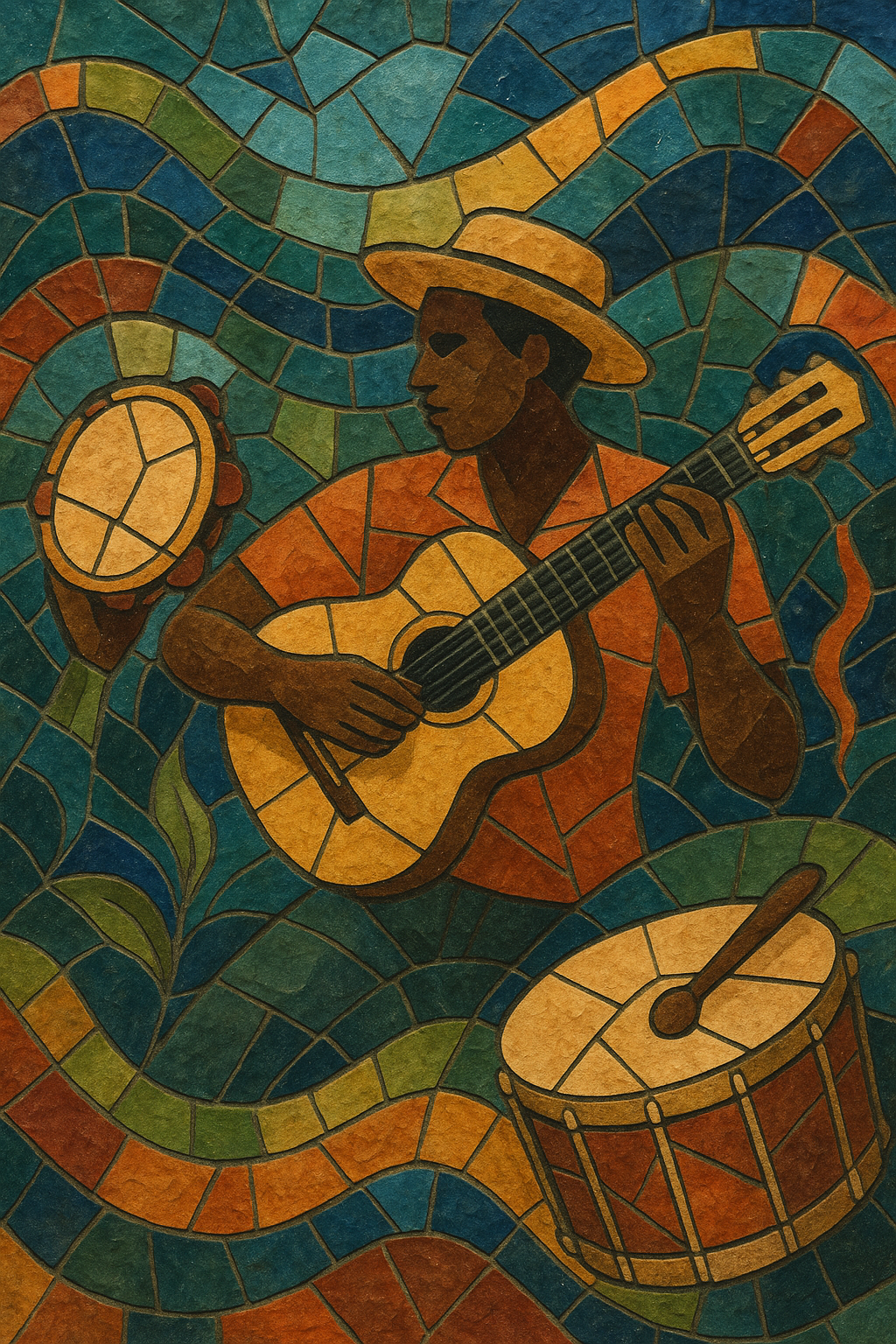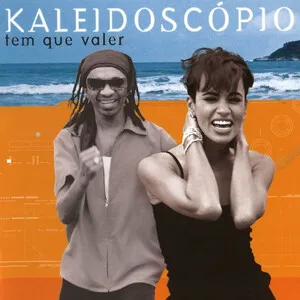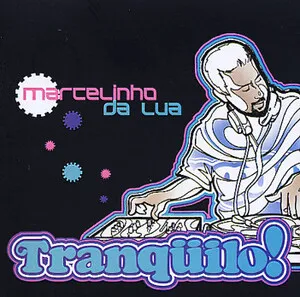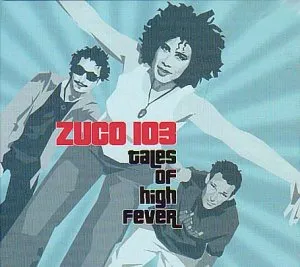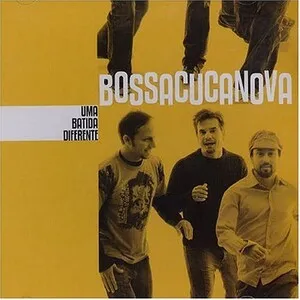Sambass ("samba + bass") is a Brazilian take on drum and bass that fuses the breakbeat engine of DnB with the syncopated swing, percussion, and lush harmonies of samba and bossa nova.
Typically in the 170–175 BPM range, sambass keeps rolling, liquid-style drums while layering pandeiro, cuíca, agogô, tamborim, and surdo patterns. Melodically, it borrows from Brazilian popular music and bossa nova—lush chords (maj7, 9ths, 11ths, 13ths), nylon‑string guitar or cavaquinho, and warm, melodic basslines—often with Portuguese vocals.
The result is drum and bass that is simultaneously dance‑floor ready and sun‑drenched, combining high energy with feel‑good, soulful atmospheres.
Sambass emerged from São Paulo and Rio de Janeiro scenes where DJs and producers absorbed UK drum and bass and reinterpreted it through Brazilian rhythms and harmony. As Brazilian DnB crews experimented with samba percussion, live instrumentation, and bossa‑tinged chords, a distinctive, melodic strain took shape that fans and press began calling "sambass."
In the early 2000s, Brazilian producers gained strong international support. High‑profile releases and collaborations brought the sound to UK and European dance floors, and chart success of Brazilian DnB anthems opened doors for tours and festival appearances. Compilations and label samplers highlighting Brazilian producers helped codify the term and demonstrated how samba’s groove could sit naturally atop rolling DnB breaks.
Classic sambass tracks paired liquid and atmospheric drum programming with samba school percussion, acoustic guitars, and emotive vocals. As the 2000s progressed, production quality rose and the palette broadened: more live horns, deeper bass design, and refined mixdowns influenced by liquid funk. In the 2010s, the approach remained a key current within Brazilian drum and bass, inspiring new artists who continued to blend tradition (samba/bossa/MPB) with contemporary DnB techniques.
Sambass demonstrated that local rhythmic identities can thrive within global club genres. It helped establish Brazil as a powerhouse in melodic drum and bass and continues to inform sets and productions by Brazilian and international DJs who want a warmer, more musical DnB flavor.

